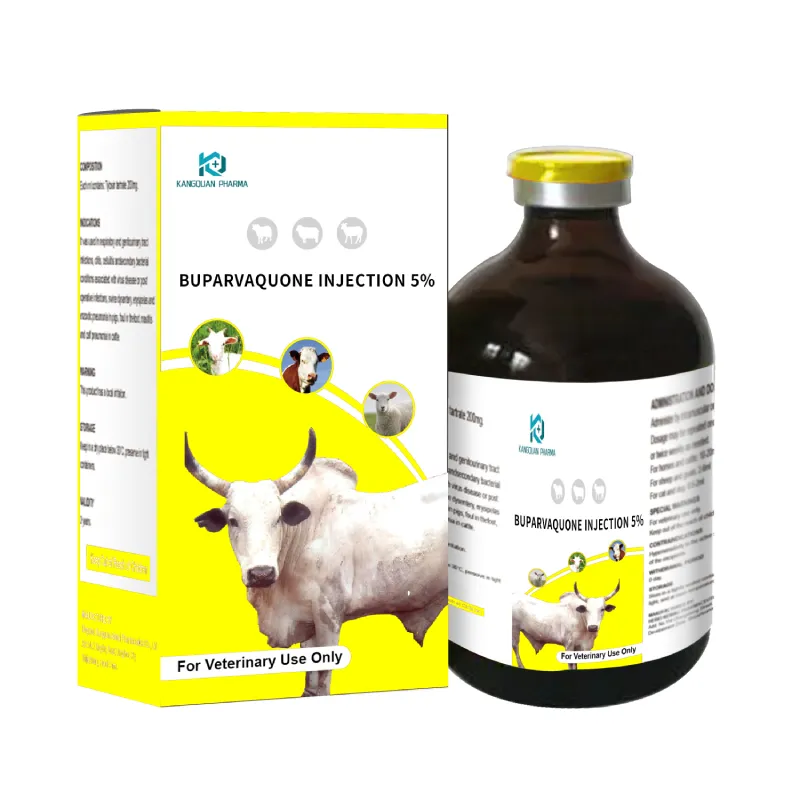- Afrikaans
- Albanian
- Amharic
- Arabic
- Armenian
- Azerbaijani
- Basque
- Belarusian
- Bengali
- Bosnian
- Bulgarian
- Catalan
- Cebuano
- Corsican
- Croatian
- Czech
- Danish
- Dutch
- English
- Esperanto
- Estonian
- Finnish
- French
- Frisian
- Galician
- Georgian
- German
- Greek
- Gujarati
- Haitian Creole
- hausa
- hawaiian
- Hebrew
- Hindi
- Miao
- Hungarian
- Icelandic
- igbo
- Indonesian
- irish
- Italian
- Japanese
- Javanese
- Kannada
- kazakh
- Khmer
- Rwandese
- Korean
- Kurdish
- Kyrgyz
- Lao
- Latin
- Latvian
- Lithuanian
- Luxembourgish
- Macedonian
- Malgashi
- Malay
- Malayalam
- Maltese
- Maori
- Marathi
- Mongolian
- Myanmar
- Nepali
- Norwegian
- Norwegian
- Occitan
- Pashto
- Persian
- Polish
- Portuguese
- Punjabi
- Romanian
- Russian
- Samoan
- Scottish Gaelic
- Serbian
- Sesotho
- Shona
- Sindhi
- Sinhala
- Slovak
- Slovenian
- Somali
- Spanish
- Sundanese
- Swahili
- Swedish
- Tagalog
- Tajik
- Tamil
- Tatar
- Telugu
- Thai
- Turkish
- Turkmen
- Ukrainian
- Urdu
- Uighur
- Uzbek
- Vietnamese
- Welsh
- Bantu
- Yiddish
- Yoruba
- Zulu
Dec . 10, 2024 18:39 Back to list
Tilmicosin-based Veterinary Solutions for Animal Health and Treatment Options
Tilmicosin Products An Overview
Tilmicosin is a semi-synthetic antibiotic belonging to the macrolide class, which is primarily used in veterinary medicine. It is particularly effective against a variety of bacterial infections, notably those affecting respiratory systems in livestock and poultry. The product is widely recognized for its efficacy against pathogens such as Mycoplasma, Pasteurella, and Actinobacillus, making it an essential tool in the arsenal of veterinarians and livestock producers alike.
Applications in Veterinary Medicine
Tilmicosin is used in various livestock species, including cattle, sheep, and pigs, as well as in poultry. Its primary indication is for the treatment of respiratory infections, which are prevalent in densely populated farming environments where animals are kept in close quarters.
One of the standout attributes of tilmicosin is its ability to penetrate tissues effectively, allowing it to reach high concentrations in the lungs, which is particularly advantageous for treating respiratory diseases. In cattle, for example, tilmicosin is commonly used to treat bovine respiratory disease (BRD), which can have devastating economic impacts due to decreased productivity, poor weight gain, and increased mortality rates.
Administration and Dosage
Tilmicosin is typically administered through injection, although there are formulations available for oral use. The injectable form is often favored for its rapid action and targeted delivery. The dosage of tilmicosin varies depending on the species being treated, the specific condition, and the product formulation; therefore, strict adherence to veterinarians' guidance is crucial to ensure both safety and efficacy.
tilmicosin products

Resistance and Precautions
As with all antibiotics, there is a growing concern regarding the development of antibiotic resistance. Tilmicosin use in veterinary medicine needs to be managed judiciously to prevent the emergence of resistant strains of bacteria. This involves adhering to the prescribed dosage and duration and avoiding off-label use. Farmers and veterinarians must be vigilant about monitoring the effectiveness of treatments and adjusting protocols as necessary.
Furthermore, safety precautions should be observed, as tilmicosin can be toxic to certain animal species and humans if not handled properly. Care should be taken during administration to avoid accidental exposure, and it is advisable to follow manufacturer guidelines closely when handling the drug.
Regulatory Aspects
Tilmicosin is subject to regulatory oversight in many countries. It is approved for use in specific veterinary applications, and its distribution is controlled to ensure that it is used within the parameters set by health authorities. This regulatory framework is crucial in maintaining the safety of food products derived from treated animals, which is a significant concern for consumers and veterinarians alike.
Conclusion
Tilmicosin products play a vital role in the management of bacterial infections in livestock, particularly respiratory diseases that can impact animal health and agricultural productivity. Its effective tissue penetration and broad-spectrum activity against common pathogens make it a valuable resource for veterinarians. However, responsible use and adherence to safety protocols are essential to mitigate risks associated with antibiotic resistance and ensure the safety of both animals and humans. As we advance in veterinary medicine, the importance of medications like tilmicosin will continue to be underscored by the need for effective and responsible animal health practices.
-
Guide to Oxytetracycline Injection
NewsMar.27,2025
-
Guide to Colistin Sulphate
NewsMar.27,2025
-
Gentamicin Sulfate: Uses, Price, And Key Information
NewsMar.27,2025
-
Enrofloxacin Injection: Uses, Price, And Supplier Information
NewsMar.27,2025
-
Dexamethasone Sodium Phosphate Injection: Uses, Price, And Key Information
NewsMar.27,2025
-
Albendazole Tablet: Uses, Dosage, Cost, And Key Information
NewsMar.27,2025













